What is the Sound of Freedom?
What is the Sound of Freedom?
For day one of Ultra-red’s project, the investigation will take up protocols for listening to the sound of freedom composed and facilitated by George E. Lewis.
ReadWho
Founded in 1994 in Los Angeles, Ultra-red is a sound art and popular education collective committed to the practice of listening as a form of organizing.
George is a member of the Association for the Advancement of Creative Musicians (AACM), teacher, and historian of experimental music. 1
What
Ultra-red have been working with many different communities in New York for many years. For their project with us, they have invited these groups to join them for 3 hours each day, and to enact, reflect upon and codify their experiences of 4 different protocols for listening, which will each address the question: what is the sound of freedom? Each protocol will has been devised and will be led by a different invited guest: George Lewis, members of the House|Ballroom scene, Nancy Nevárez and Fred Moten. The final session will review the previous four days and develop summary questions and propositions.
Each 3-hour session can be viewed as a performative action to be observed, or a collective learning process to be joined.
Why
While the image serves as the foundation for much of our understanding of activist art, Ultra-red turn the focus to the ear: the sound of communities organising themselves, the acoustics of spaces of dissent, the demands and desires in our voices and in our silences, and the echoes of historical memories of struggle.
Ultra-red propose a very simply but effective switch: instead of understanding music as a process of organising sound, they take seriously the political aspect of the term ‘organising’, and they work to find ways that combine political, popular educational methods of organising with the tools of experimental music (ways of listening). They have developed what you might call a pedagogy of the ear.
Kinds of listening involved
Freedom – to ask: what is the sound of freedom?
Organised – to replace the idea of music as organised sound, with a notion of political organising, and to use listening as a tool to aid this.
The workbook Protocols for the Sound of Freedom, created for this series of encounters, was published as part of the boxset Ultra-red: URXX Nos. 1-9. Nine Workbooks, 2010-2014, published by Buchhandlung Walther König.
- Here is a lovely summary of George’s work from the Jazz critic Lloyd Peterson: “As an improviser, educator and an explorer of musical expression, George Lewis has become one of the significant contributors towards the respect and recognition Jazz is finally receiving as one of America’s most notable and distinguished cultural achievements. He recently published what I consider to be one of the most critical books on Jazz and African American culture (A Power Stronger than Itself – The AACM and American Experimental Music). I also consider the AACM to be the most culturally important group of artists that ever came together in the history of the United States.”
Documentation
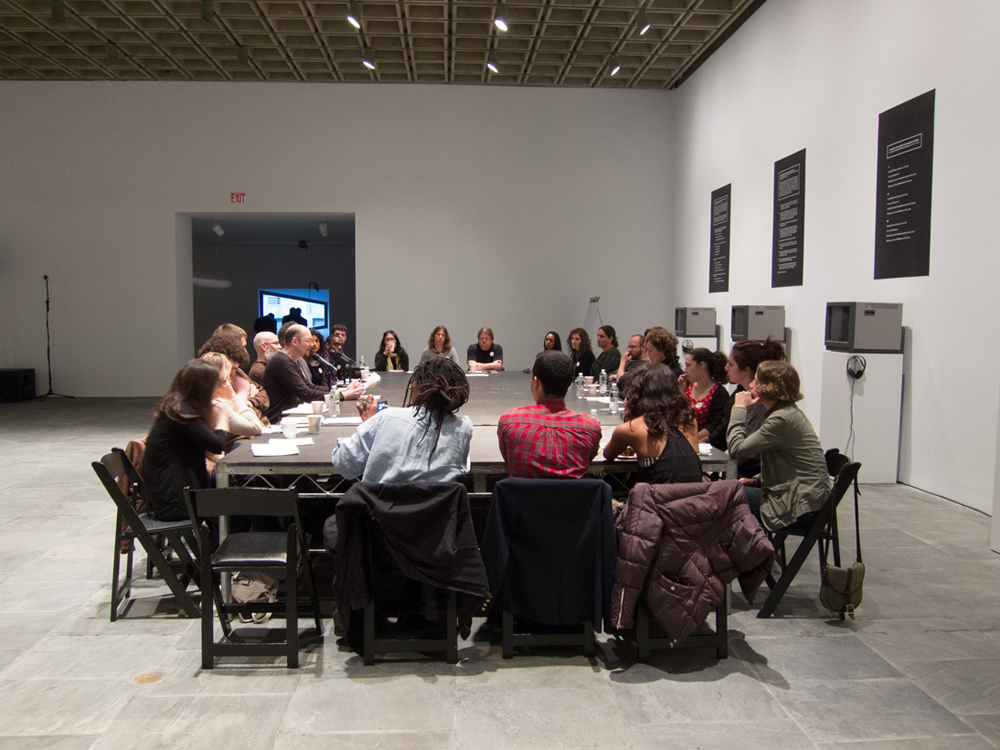
▴ Credit: Bryony McIntyre

▴ Credit: Bryony McIntyre
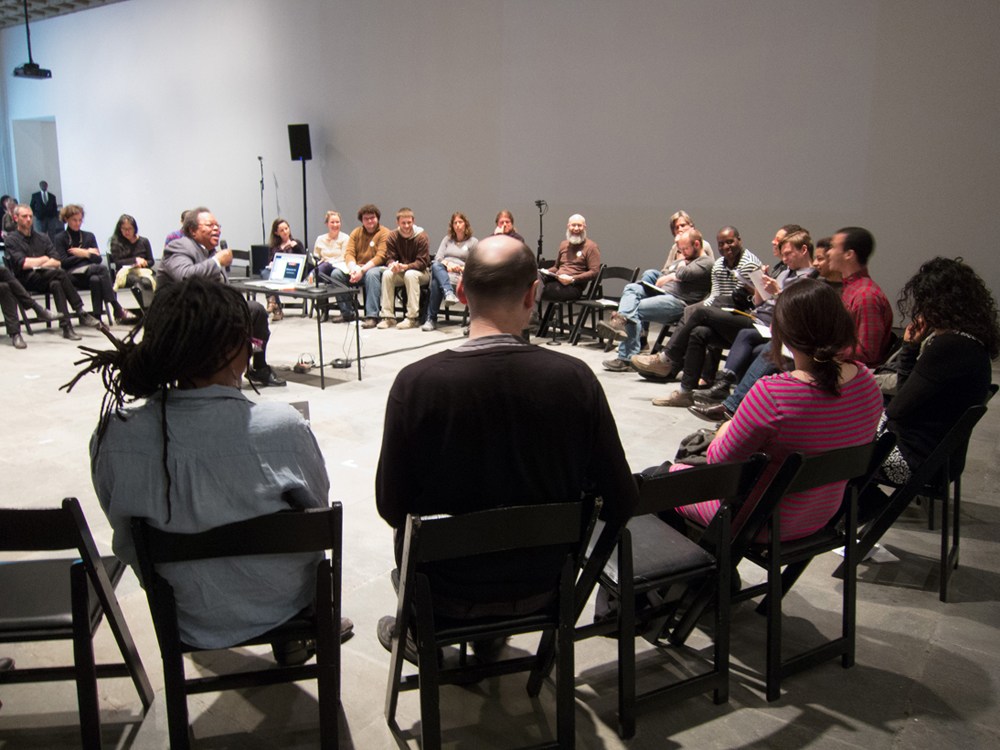
▴ Credit: Bryony McIntyre
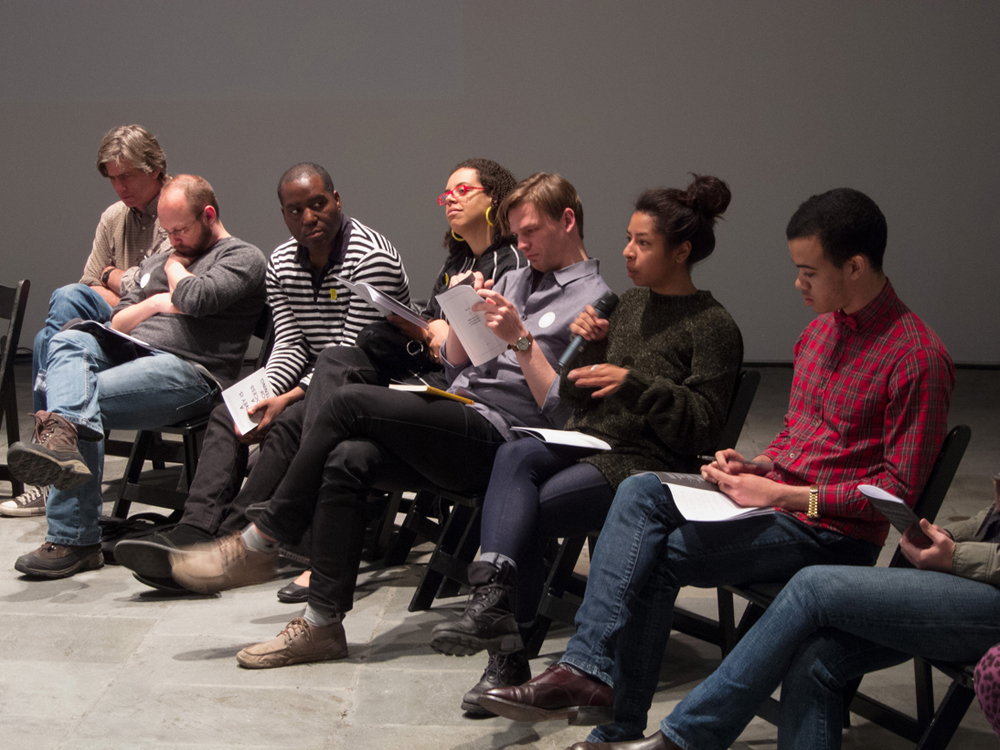
▴ Credit: Bryony McIntyre
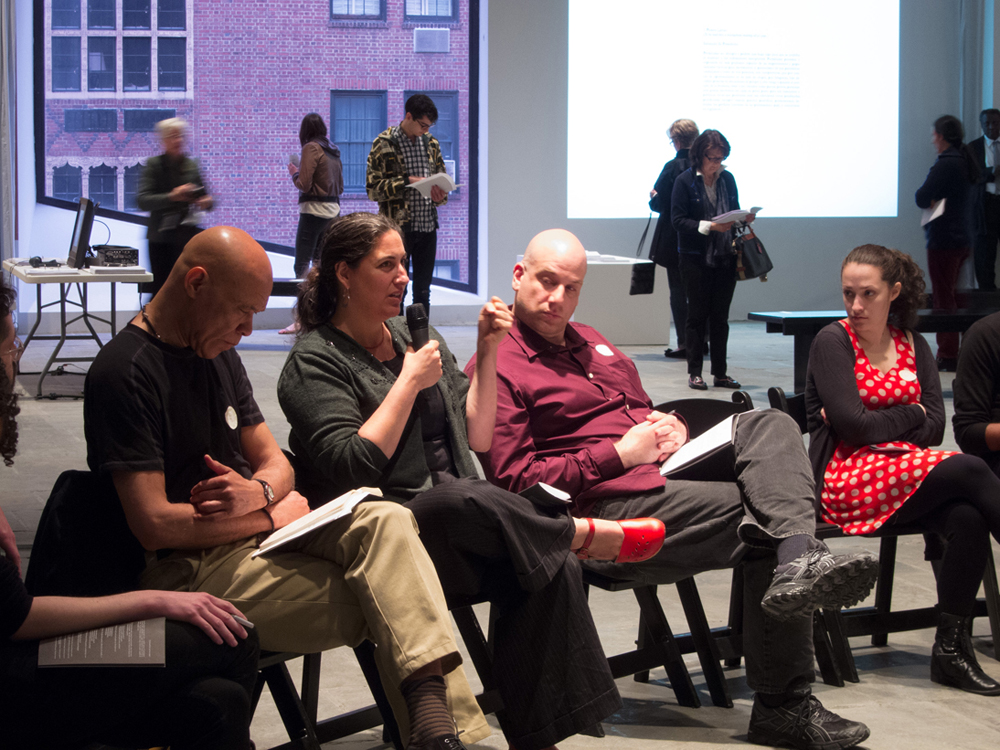
▴ Credit: Bryony McIntyre

▴ Credit: Bryony McIntyre

▴ Credit: Bryony McIntyre
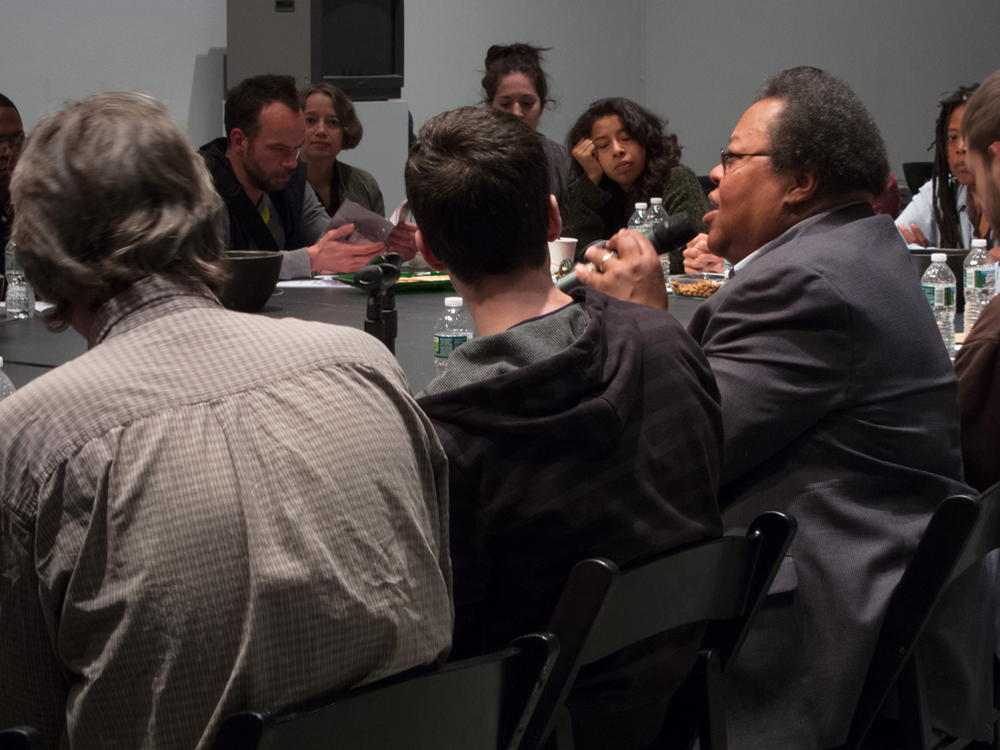
Artists
Ultra-red
